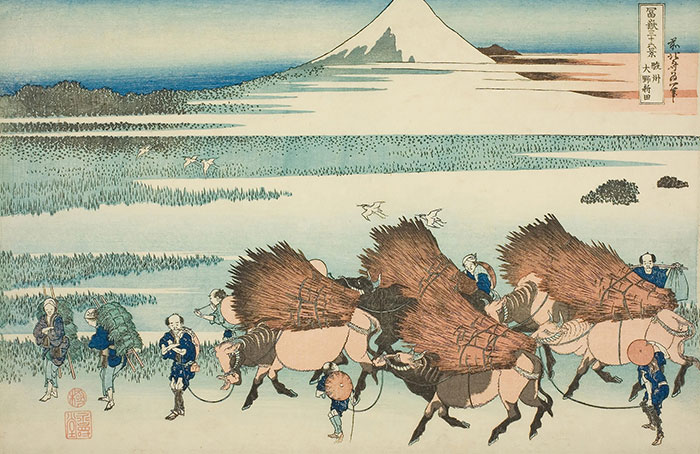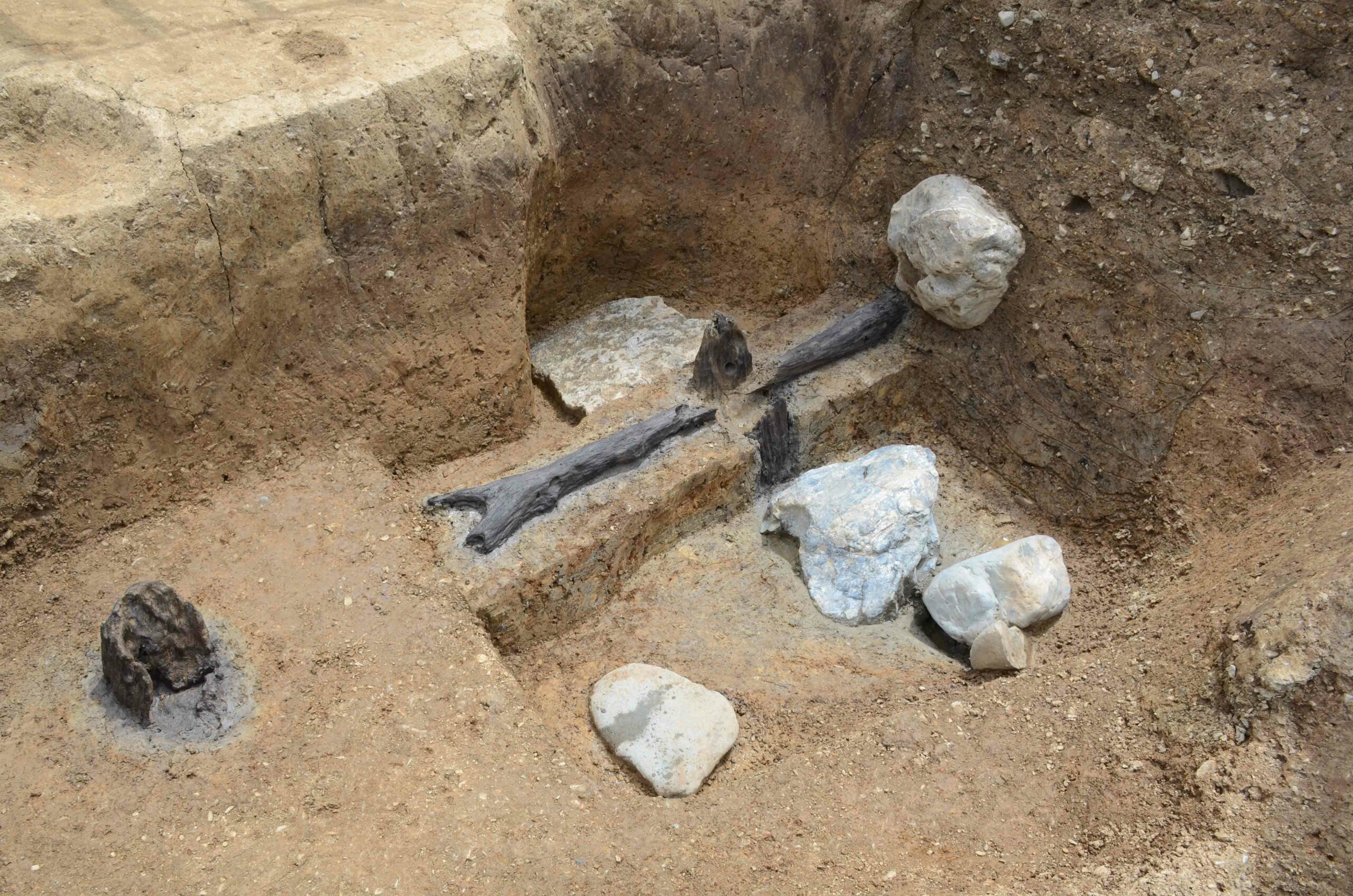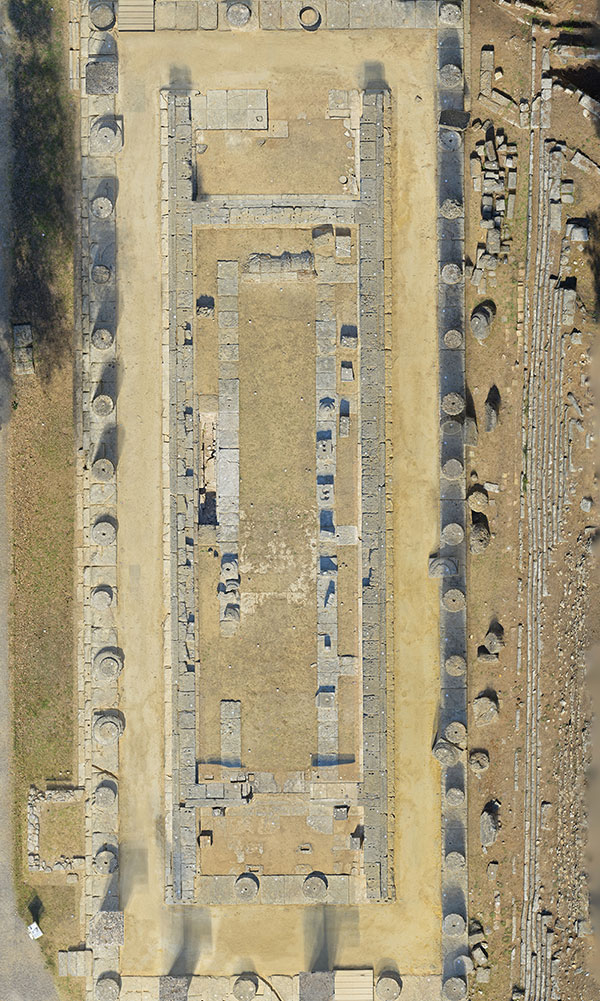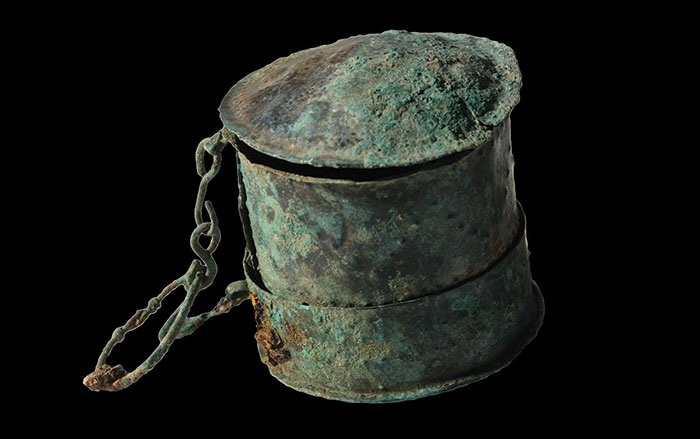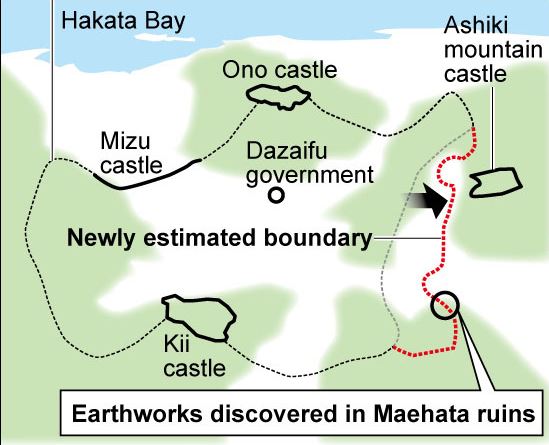
CHIKUSHINO, JAPAN—An excavation on a hilltop on Japan’s southern island of Kyushu has found evidence of a seventh-century fortification, complete with castles and large-scale earthworks, according to a report in The Asahi Shimbun. The site is thought to have been part of a network of fortifications to protect the Dazaifu, or regional government, which was headquartered about four miles away. In A.D. 663, Japan sent an army to the Korean Peninsula to assist Korean Baekje forces fighting against another one of the Three Kingdoms of Korea, which was allied with China’s Tang Dynasty. The Japanese were defeated in the battle, however, and the Dazaifu constructed defenses to prepare for a possible invasion. “Given the construction method and the estimated production years of the earthenware, there is a high possibility that the mound was part of a structure to defend Dazaifu,” said an official with the Chikushino city board of education. Some scholars think the earthworks may have been part of a continuous wall, similar to the kind of fortifications seen in China. For more on archaeology in Japan, go to “Khubilai Khan Fleet.”




